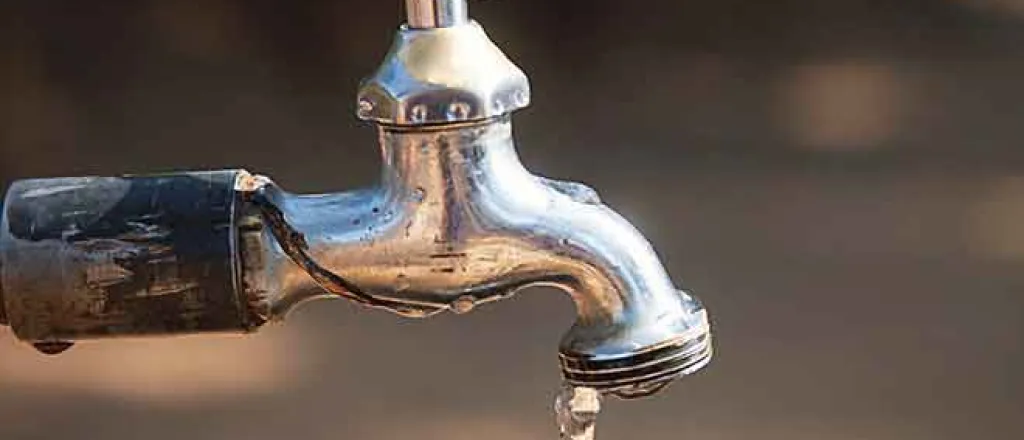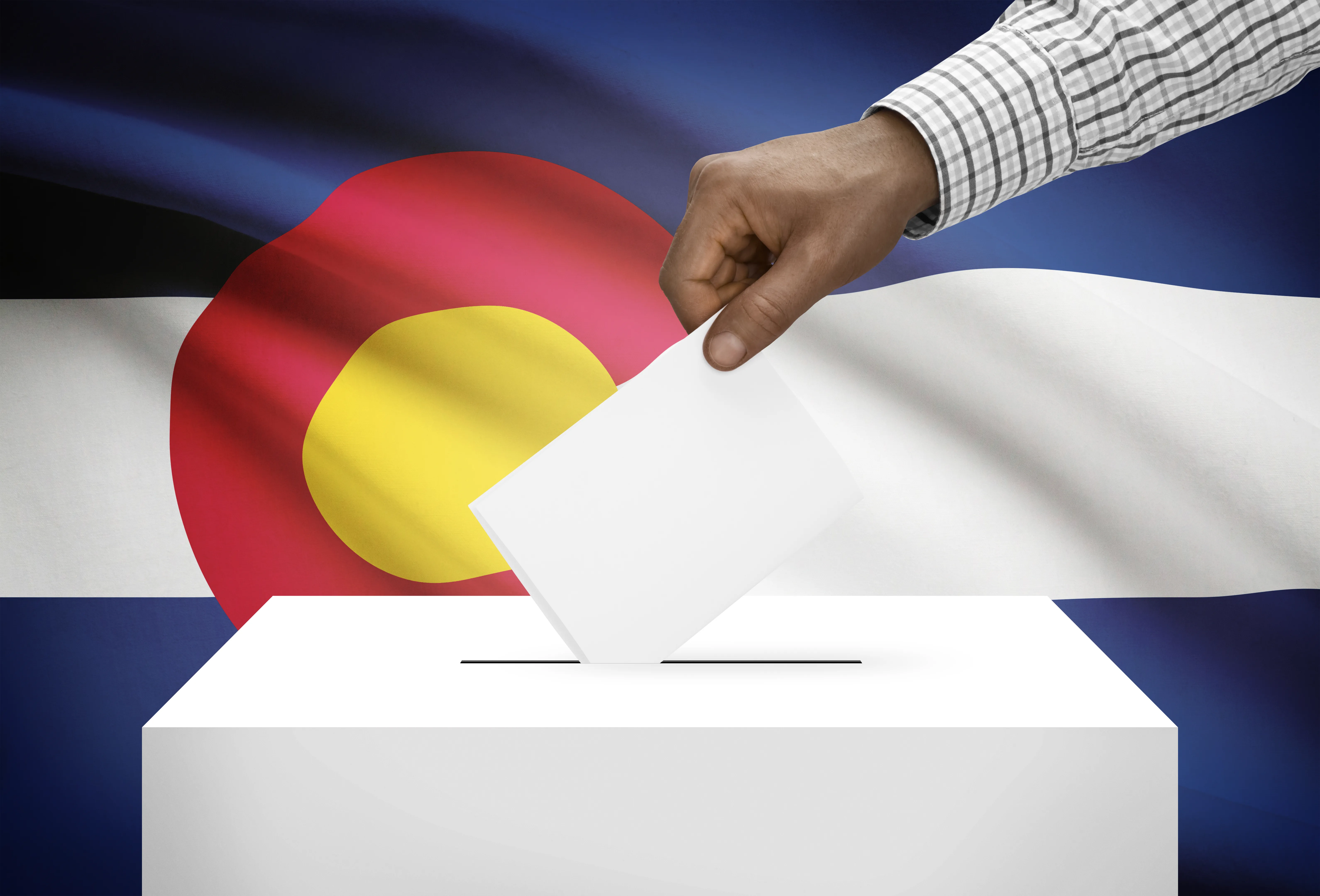
Biden administration pushes to replace lead drinking-water pipes
(The Center Square) – President Joe Biden's administration plans to make utilities replace all lead drinking water pipes across the U.S. within the next 10 years, the federal government's most ambitious push in decades to get lead out of the nation's tap water.
A water industry trade group warned the proposal could result in higher water bills for consumers and the total cost could exceed $90 billion.
The Environmental Protection Agency announced a proposal Thursday to require water systems to replace lead service lines within 10 years. The Bipartisan Infrastructure Law, passed in 2021, provides $15 billion in funding for replacing lead service lines.
More than 9.2 million American households connect to water through lead pipes and lead service lines, according to the White House.
There is no safe level of exposure to lead, particularly for children. Even low levels of lead in blood have been shown to negatively affect a child's intelligence, ability to pay attention, and academic achievement, according to the U.S. Centers for Disease Control and Prevention.
Exposure to lead can seriously harm a child’s health and cause damage to the brain and nervous system, slowed growth and development, learning and behavior problems, and hearing and speech problems, according to the CDC.
The EPA proposal would require the vast majority of water systems to replace lead service lines within 10 years. Water systems are currently required to provide an initial inventory of their lead service lines by October 16, 2024. Under the EPA proposal, all water systems would be required to regularly update their inventories, create a publicly available service line replacement plan, and identify the materials of all service lines of unknown material.
The proposal also would require more tap sample testing, lower the lead action level from 15 micrograms per liter to 10 micrograms per liter, and require water systems with multiple lead action level overages would be required to conduct additional outreach to consumers and make filters certified to reduce lead available to all consumers.
The American Water Works Association, a trade group, said money will be a factor.
"Cost will also be a significant challenge in replacing all lead service lines, especially when considered alongside competing priorities such as PFAS removal, cybersecurity upgrades, and other critical infrastructure investments," CEO David LaFrance said in a statement. "The average cost to fully replace a single lead service line is more than $10,000, and EPA estimates there are 9.2 million lead lines connecting homes to water systems nationwide. The total cost could easily exceed $90 billion."
LaFrance said that could mean higher bills for consumers.
"Even with the unprecedented $15 billion injection for lead service line replacement from the federal Bipartisan Infrastructure Act, water bills will rise to pay for this initiative," he said. "Recognizing that many households already struggle to pay their water bills, we look forward to working with EPA and other partners to lessen the cost burden in disadvantaged communities."
The group also warned of other challenges.
"Water systems will face logistical challenges as they coordinate lead service line replacement with street improvement projects or incorporate it into large capital projects," LaFrance said. "Lining up trained contractors in a tight labor market and acquiring necessary materials introduces additional complications. We hope EPA will work closely with state primacy agencies, AWWA, local governments, and water utilities to find workable pathways to overcome these barriers."

















